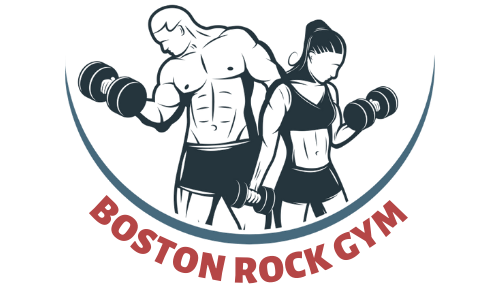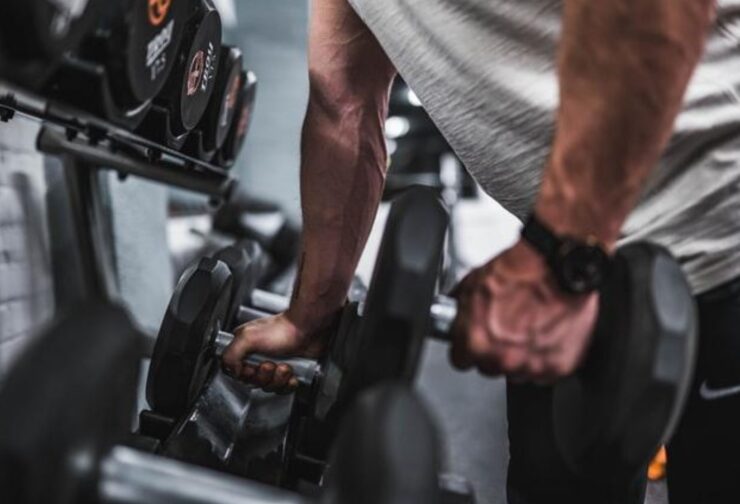Over a decade’s worth of scientific research into cannabis compounds are steadily increasing the credibility of — as well as public interest in — the viability of cannabinoids like CBD as a natural alternative to conventional painkillers, non-steroidal anti-inflammatory drugs (NSAIDs) and other synthetic mainstays in sports medicine.
If there’s one downside to CBD’s rapid popularization, it’s that there’s notable confusion among newer consumers as to how to best make use of CBD. Individuals under strict dietary and supplementation regimens (e.g. athletes, bodybuilders) are unsure if there are ideal timing windows around dosing with CBD, just as there are around the use of different proteins like casein or whey. In this post, we go over everything you need to know about when you should take CBD.
Contents
A Primer on How CBD Works
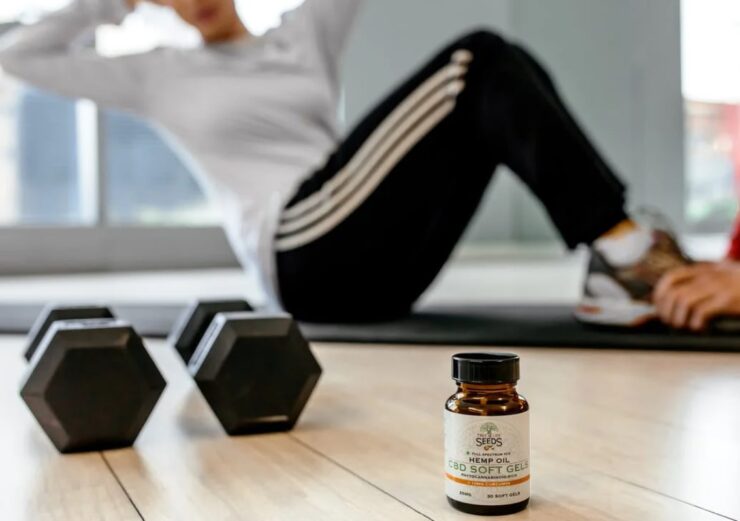
The therapeutic potential of CBD is rooted in its modulatory interactions with a comprehensive network of endocannabinoid receptors located throughout the body known as the endocannabinoid system (ECS). ECS receptors can be found in the nervous system, peripheral organs, immune system — even in muscles and fascia. CBD targets two ECS receptor groups in particular; namely the receptor type-1 (CB1) and receptor type-2 (CB2) receptor groups.
According to a 2009 study published in the British Journal of Pharmacology, “CBD displays unexpectedly high potency as an antagonist of CB1/CB2 receptor agonists in CB1- and CB2-expressing cells or tissues.” In a nutshell, this means CBD can play a role in fundamentally changing the body’s uptake, sensitivity and response to a number of key neurotransmitters and hormones — including pain-signaling molecules like prostaglandins, as well as pain-control hormones like pregnenolone and dehydroepiandrosterone (DHEA). Cytokines, an imbalance of which can create abnormal inflammation at sites of injury or infection, can also be indirectly controlled by CBD.
Your Use Case Matters
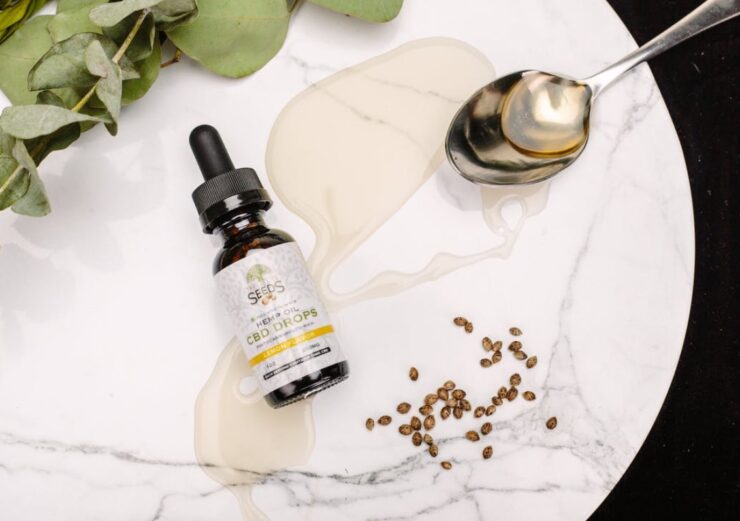
While it’s easy enough to simply buy some of the strongest CBD oils on the market from sites like crescentcanna.com and begin supplementation, it’s important to understand how CBD can help you manage the symptoms of your personal use case, and plan your dosages accordingly. Let’s look at some of the most common CBD use cases among athletes and gym-goers below.
• Chronic Pain or Inflammation chronic pain conditions can manifest in the form of lower back pain, arthritis, tendonitis or lasting pain in scar tissue, all of which can negatively impact workout performance and significantly hamper gains from otherwise productive sessions at the gym. For chronic pain or inflammatory conditions, CBD is best taken not immediately around or during workouts, but regularly every day, preferably with meals to avoid stomach discomfort.
• Onsite Injuries If you frequently suffer light injuries or have recent injuries’ pain or inflammation acting up mid-workout, it might be prudent to use topical forms of CBD like balms or patches in conjunction with support wraps (or whatever you’re using for support) leading up to the workout. Intra-workout follow up applications, such as in between sets or target muscle groups, might also be necessary depending on the severity of your symptoms.
• Poor Recovery & Sleep Quality There’s no overstating the importance of what goes on outside the gym during a well-designed diet and exercise regimen. All muscle growth, regeneration and neurophysiological adaptations happen outside the gym, most notably during sleep. In fact, one of the surest ways to ruin an otherwise solid progressive overload program is a steady decline in performance between successive sessions at the gym due to poor recovery between workouts.
• Sleep dysfunction is the principal factor in poor recovery among athletes and gym-goers. Regular CBD supplementation, again preferably with meals, has been shown to mitigate contributing factors to sleep dysfunction in the long term by promoting sleep-wake regulation. This can have beneficial effects on disorders marked by daytime drowsiness (e.g. narcolepsy).
• Muscle Spasms any experienced lifter can tell you that muscle spasms, rooted either in physical injuries or neurological damage, can turn certain exercises (e.g. deadlifts or snatch, clean & push jerks) into seriously risky endeavors. Many complex lifts rely in large part on proper form, which can make the difference between a rewarding compound exercise and lasting damage to your general anatomy.
One of the most exhaustively researched aspects of CBD is its spasmolytic properties. In mild cases, CBD may help to inhibit muscle spasticity and its potential negative effects on workout performance. Individuals considering the use of CBD for this purpose should first check with their physician to make sure it’s right for them.
Understanding The Entourage Effect
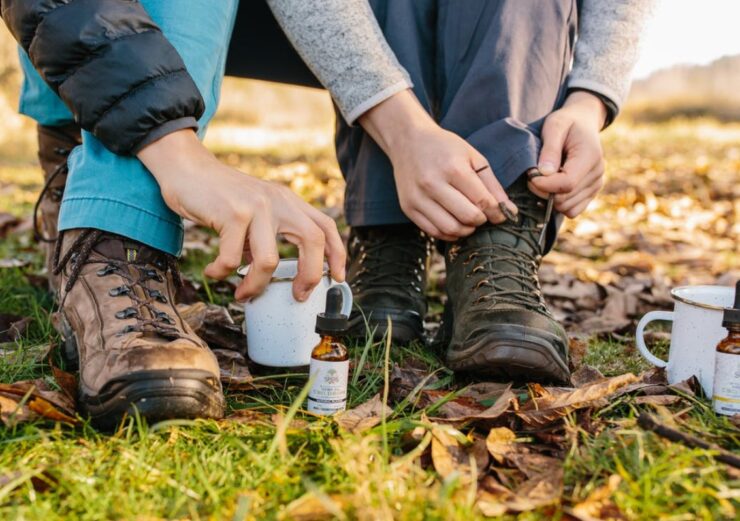
It’s worth noting that not all CBD products are created equal. Broad-spectrum CBD products, for instance, are formulations that contain several secondary cannabis compounds including cannabinoids like cannabicyclol (CBC) and cannabigerol (CBG) as well as terpenes. Full-spectrum CBD products, on the other hand, contain essentially all cannabis compounds that can be extracted including tetrahydrocannabinol (THC) and cannabis flavonoids.
Unlike broad- and full-spectrum formulations, CBD isolates have had every other cannabis compound stripped out, giving them a clear advantage in terms of their product potency. However, broad- and full-spectrum CBD products do have their own advantages over isolates, the most notable of which is the so-called “Entourage Effect.”
The term Entourage Effect was coined by Israeli organic chemists Raphael Mechoulam and Shimon Ben Shabat, and is used to describe the synergistic interactions between different cannabinoids and terpenes which result in them essentially enhancing each other’s therapeutic potential.
A good example of cannabis entourage effects is the consumption of a strain of cannabis high in the terpenoid known as myrcene. Myrcene has been shown to simultaneously lower resistance and improve permeability across the blood-brain barrier, enhancing the ability of cannabinoids like CBD and THC to modulate ECS receptors in the nervous system. This is an example of the cannabinoids working together with terpenes to achieve greater medicinal and therapeutic effect than CBD (i.e. isolates) alone.
Which CBD Product is Right For You?
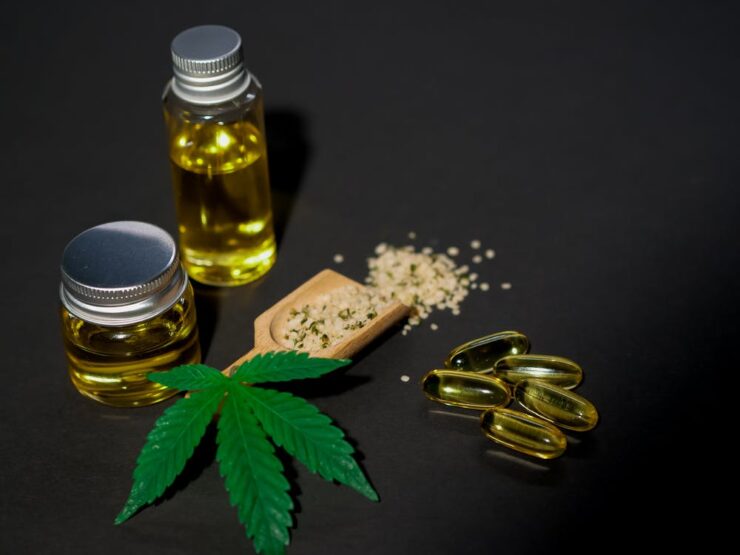
Fortunately for prospective consumers, CBD is a highly versatile natural compound available in a wide variety of formats and suited to individuals in various lifestyles. To wrap up this guide on CBD use, let’s look at three of the most popular forms of CBD and the use cases they’re most appropriate for.
• CBD tinctures are arguably the most common form of CBD on the market today. CBD tinctures are easy to use and work within minutes, making it ideal for gym-goers. You can dab the tincture onto the inside of your cheek or under your tongue (sublingual consumption), or simply blend it into a smoothie or post-workout shake. The main draw around tinctures is in their versatility; as a generally odorless, flavorless form of CBD with ample potency, there’s no shortage of ways to incorporate it into a dietary regimen.
• Vaping CBD has become a popular way to consume the cannabinoid in recent years, particularly due to its portability and convenience. Additionally, vaping CBD allows users to customize their dosage, which can be helpful for new consumers with low tolerance to cannabinoids. Because of its quick ramp-up time due to absorption in the lungs, vaping CBD is ideal for users oriented toward on-the-spot usage, such as individuals with social phobias who experience performance anxiety stepping up to the squat rack.
• CBD topicals are a great way to experience the benefits of CBD without having to smoke or vape it. CBD topicals are available in the form of lotions, balms, or even infused icy hot patches which can be used to target specific areas of pain or inflammation. CBD topicals are applied directly to the skin, and are typically used to provide localized relief from pain or inflammation. Users with chronic pain conditions in specific areas (i.e. knee joint pain, a recovering MCL) can use CBD topicals in or out of the gym to improve the overall quality of light workouts targeting those areas.
